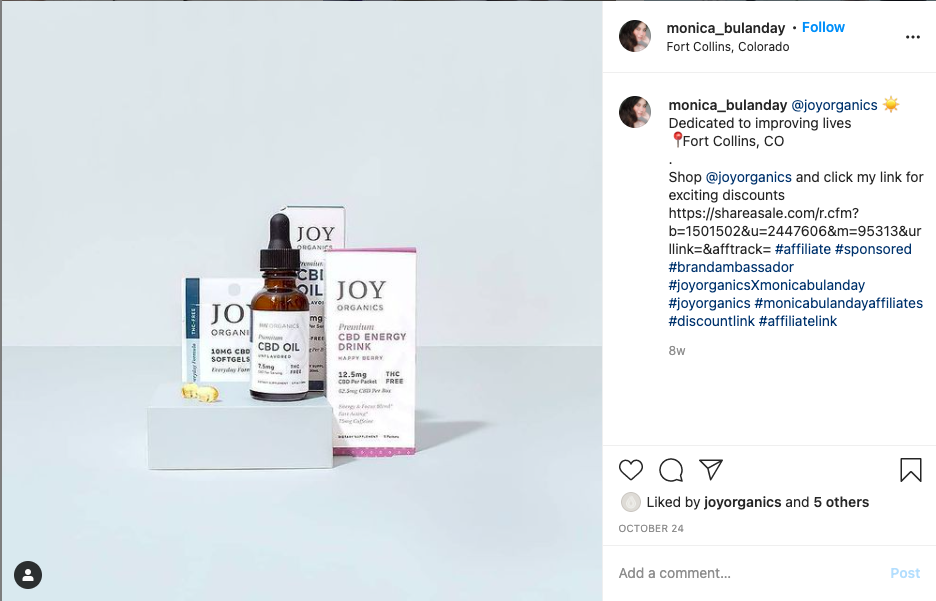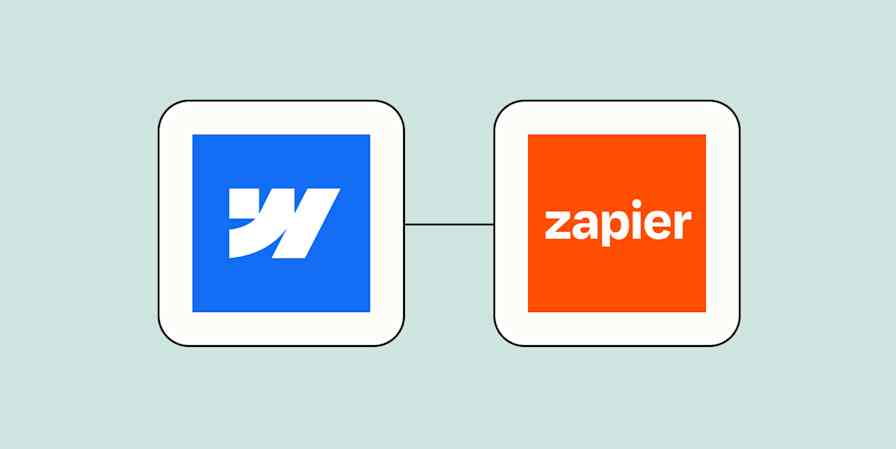Affiliate marketing sounds fancy, but it's actually quite simple: an influencer promotes a product in exchange for a commission, or two related businesses help market each other. After spending 11+ years in this industry, I've seen explosive growth through the affiliate channel—when the brand sets the program up for success.
As a small business owner, affiliate marketing is a great way to increase your reach and raise brand awareness without breaking the bank. It has low upfront costs, but it helps you build trust through association and can drive traffic to your site. There are two main ways you can go about it:
Develop partnerships with complementary businesses, products, and services
Start your own affiliate program
I'll walk through both of these options to help you figure out which one might be best for you. (And you can reach me with more questions at DustinHowes.com.)
As you scale your small business marketing, take a look at these 4 ways to use marketing automation to grow your business.
Developing key partnerships
Developing partnerships with other companies is a great way to get the ball rolling with affiliate marketing. It allows you to cross-promote your product or service to a wider audience, and you don't need to offer a financial incentive to do so. The partnership, in many cases, will be incentive enough—cheesy, but true.
Here's an example. Based out of Whistler, BC, Altus Mountain Guides provides courses and training to those looking to get out into the backcountry. Evo, an independent retailer also based in Whistler, sells outdoor gear and accessories.
As you can imagine, both of these businesses attract a similar audience: outdoorsy, adventurous people based in or visiting the West Coast of Canada.
So they partnered up.
Whenever anyone buys something from Evo, they also get access to an online Introduction to the Backcountry course provided by Altus. And when anyone books a course with Altus, they receive a discount code for Evo's store.

By partnering, both businesses have expanded their reach to a wider audience and increased their brand reach.
Best practices for developing affiliate partnerships
If you're new to affiliate marketing, developing business partnerships is a relatively simple way to start, but there are a few best practices that can help.
1. Partner with a company that has a similar target audience
If you're working with one other business, make sure they're targeting a similar audience. Otherwise, the promotion is unlikely to gain a lot of traction.
2. Reach out to trusted review or comparison sites
We all know how important reviews are to build trust with customers, and partnering with a trusted review or comparison site is a great way to build that trust.
Let's say you manufacture and sell mattresses. Partnering with Savvy Sleeper, a well-respected mattress comparison site, is a great way to get your products in front of the right people.

3. Make sure things are running smoothly on the inside, too
Before you launch into partnering with another company, it's a good idea to make sure things are running smoothly closer to home. You don't want to risk losing a partnership because your systems aren't in place, so if you're not confident about your ability to follow through on any partnerships, fix that first before reaching out.
Start and grow your own affiliate program
Starting your own affiliate program is much different: it involves reaching out to affiliates and influencers to promote your products for a commission. For example, a social media influencer might promote your product on their Instagram, and they'd receive a 25% commission for any products bought through their links.
Best practices for starting your own affiliate program
If you think that starting an affiliate program might work for your business, here are a few tips.
1. Get your branding up to scratch before you launch the program
Before you launch an affiliate program, you need to have a strong brand identity. Otherwise, affiliates might struggle to properly promote your product or service. Plus, you need to be sure that every affiliate—whether it's a micro-influencer or another company—offers a consistent take on your business.
For example, my client Joy Organics has a consistent—and stylish—brand identity that's reflected across all of their channels.

And that allows for its affiliates to reflect that brand in social media posts.

If someone clicks on a link from an affiliate, they don't want to be surprised about what they see—if the branding matches, it'll make the transition much smoother.
2. Encourage affiliates to include you in comparison articles
When most people think of affiliate marketing, their minds go straight to social media. But you can also gain a lot of traction from an affiliate with a well-established website. For example, if your affiliate has decent traffic to their blog, you might ask them to write articles that feature your business.
Comparison articles (i.e., your product/service vs. someone else's) are a great place to start. They showcase your product or service without being too salesy, and they help people feel like they understand their options and might be nudged further down the sales funnel.
3. Define your success metrics
Without measurable objectives, it'll be difficult to know how successful your affiliate program actually is. If you're going to keep investing time into developing it, you want to be sure you're getting a good return on your investment.
Let's look at Kicksta. A year after their affiliate program launched, the program was failing to find affiliates to promote their product and bring in new customers. So they hired a performance marketing manager—that's me!—to overhaul their affiliate program. I personally coached their marketing team to create an effective recruitment strategy and a resource center to help train their affiliates on how to promote the product.
With this guidance, Kicksta recruited over 600 affiliates within the first six months, and they have since gone on to achieve 750% year-on-year revenue growth. (You can read the full case study for more details.)
Save yourself the hassle, and get the resource center assets in place before you launch your program. And if you have affiliates who show a lot of potential, you might want to recommend they deepen their knowledge on affiliate marketing via an affiliate marketing course, which will pay dividends for both you and your affiliate.
4. Find the right affiliates for your brand
Creating an affiliate program and hoping partners join is a fairy tale—it simply isn't going to happen.
Once you have the structures in place to run the program, create a wishlist of businesses that have audiences you want to know about your product. I like using tools like SEMRush to find high authority websites and then Snov.io to hunt down contact info. Once you know who you want to connect with, here are some steps you can take:
Construct a sequence of three to five emails to reach out to these potential partners. (You might not get a response the first time, but keep trying—to a point.)
Take a cue from your competitors, and see what they offer their affiliates.
Offer free products, incentive bonuses, and higher commissions to close the deal.
Once you get affiliates in the door, help them be the best ambassador of your brand that they can be. Share successful videos made by other affiliates and train them as much as possible.
Audit affiliate content and provide helpful feedback to help improve conversion rates.
5. Sign a contract
When working with affiliates, it's good practice to create a contract with clear expectations. You're dealing with an exchange of money and services, so you want to be sure everything's clearly laid out. You can set the contract to expire 12 months down the line (with the option to renew), but locking affiliates into a commission structure will ensure that there's no miscommunication on either end. It's best to have a lawyer draft that up for you, so you can be sure it's legally binding.
This was a guest post from Dustin Howes. Want to see your work on the Zapier blog? Read our guidelines, and get in touch.







